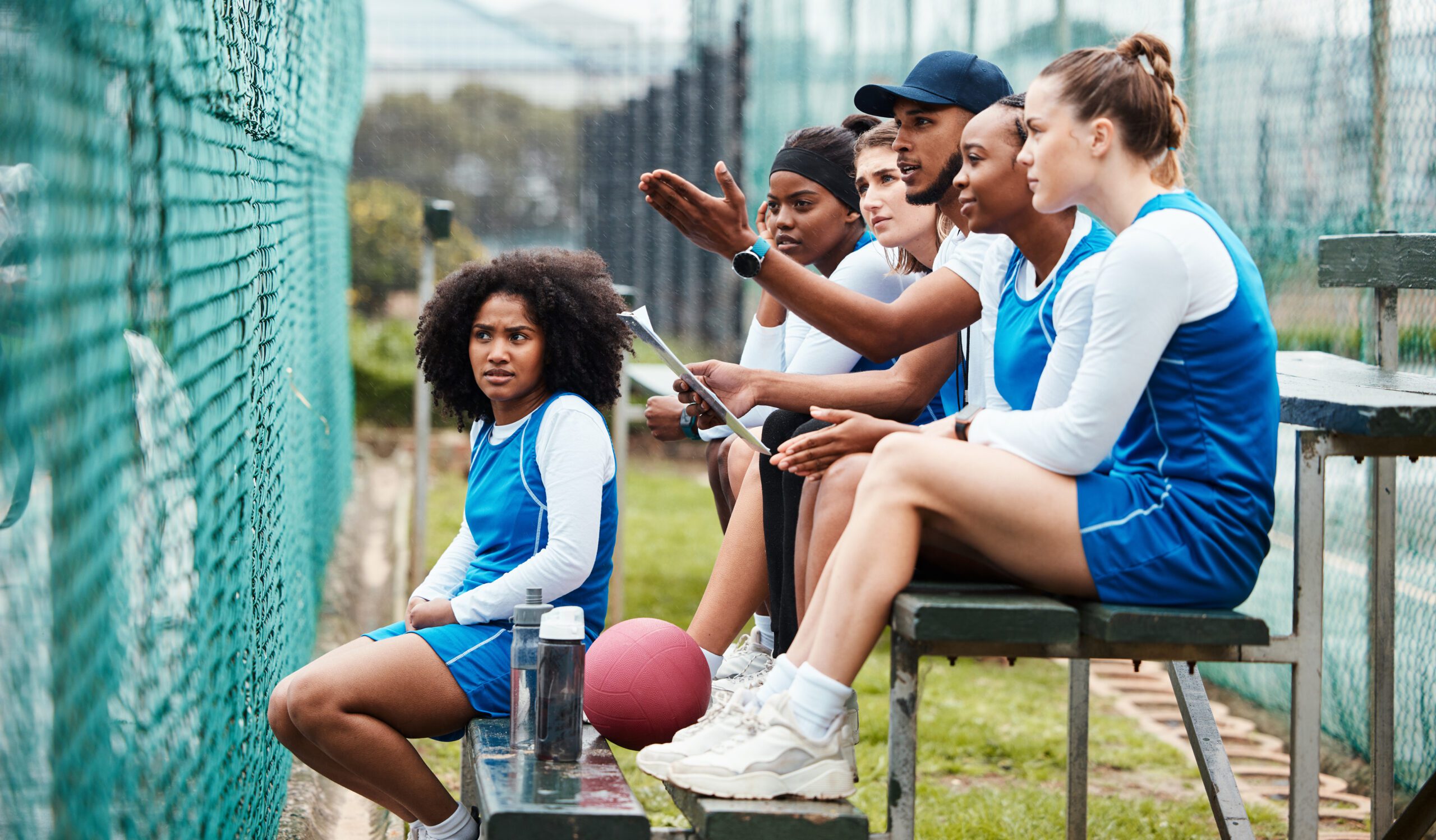In the realm of sports, injuries are an unfortunate but often inevitable part of the journey for athletes. From minor strains to severe fractures, injuries can disrupt training routines, impact performance, and pose challenges to an athlete’s physical and mental well-being. However, navigating the road to recovery with effective rehabilitation strategies can not only aid in healing but also lay the foundation for a stronger and more resilient return to sport. In this in-depth exploration, we delve into the world of rehabilitation for injured athletes, uncovering key strategies and best practices to facilitate recovery and optimize performance.
Understanding the Rehabilitation Process
- Assessment and Diagnosis: The First Step Towards Recovery A crucial aspect of rehabilitation is the accurate assessment and diagnosis of injuries. Whether it’s a muscle strain, ligament tear, or stress fracture, understanding the extent and nature of the injury is essential in developing a targeted and effective rehabilitation plan. Through consultations with medical professionals and diagnostic tests, athletes can gain insights into the specific requirements for their recovery journey.
- Setting Realistic Goals: A Framework for Progress Setting clear and achievable goals is fundamental to the rehabilitation process. By establishing short-term milestones and long-term objectives, athletes can track their progress, stay motivated, and measure improvements over time. Realistic goals provide a roadmap for recovery, instilling a sense of purpose and direction in the rehabilitation journey.
- Tailored Rehabilitation Programs: Personalized Care for Optimal Recovery Rehabilitation programs tailored to individual needs and injuries play a pivotal role in facilitating recovery. Physical therapists, sports medicine specialists, and rehabilitation experts collaborate to design comprehensive programs that address specific strengths, weaknesses, and limitations, focusing on restoring function, mobility, and strength while minimizing the risk of reinjury.
Key Strategies for Effective Rehabilitation
- Progressive Strength Training: Building Resilience and Stability Strength training forms a cornerstone of rehabilitation, helping athletes regain muscle strength, improve stability, and restore functionality post-injury. Progressive resistance exercises, tailored to the specific injury and stage of recovery, promote muscle growth, enhance joint stability, and lay the groundwork for a safe return to sport.
- Functional Movement Patterns: Restoring Mobility and Agility Functional movement exercises replicate the gestures and actions relevant to an athlete’s sport, focusing on restoring movement patterns, enhancing coordination, and improving agility. By targeting sport-specific movements and skills, athletes can regain confidence in their abilities and prepare for a seamless return to competitive play.
- Cross-Training and Conditioning: Maintaining Fitness and Performance Cross-training and conditioning activities complement traditional rehabilitation methods by maintaining cardiovascular fitness, improving endurance, and preventing deconditioning during the recovery phase. Low-impact exercises such as swimming, cycling, and yoga offer alternative avenues for maintaining overall fitness and supporting the rehabilitation process.
Embracing the Journey Back to Sport
Rehabilitation is not just about healing from physical injuries; it’s a transformative process that nurtures resilience, determination, and a deeper understanding of one’s body and capabilities. By embracing the rehabilitation journey with dedication, patience, and a growth mindset, injured athletes can emerge stronger, more resilient, and better equipped to face future challenges on the field of play.
Explore MyEventArtist.com today to discover our extensive range of print-ready vector logo designs, customizable fonts, and more, designed to amplify the visual identity and spirit of your sporting events.
Keywords: rehabilitation strategies, injured athletes, recovery process, strength training, functional movement, cross-training
Hashtags: #rehabilitationstrategies, #injuredathletes, #recoveryprocess, #strengthtraining, #functionalmovement, #crosstraining



Leave a Reply